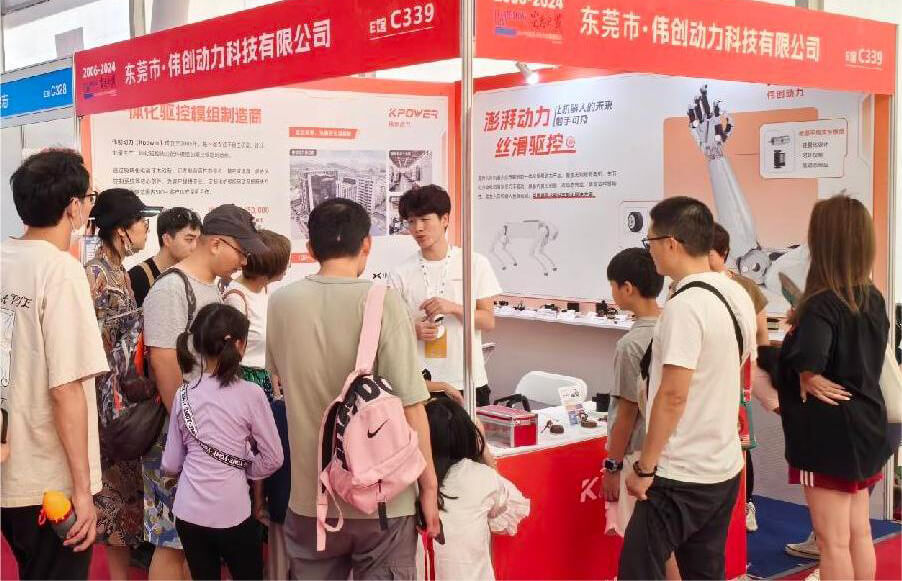In the ever-expanding universe of do-it-yourself electronics and robotics, few components generate as much excitement as servo motors. These tiny yet powerful actuators are essential for creating robotic arms, RC vehicles, automated systems, and countless creative projects. They are prized for their precision, ease of control, and compact form factor, making them a favorite among hobbyists and professionals alike.

But mastering how to control servo motors with Arduino opens the door to a universe of possibilities—from simple automated gadgets to complex robotic systems. If you're new to Arduino or robotics, don't worry; this comprehensive guide will walk you through everything you need to know about harnessing the power of servos.
What is a Servo Motor?
At its core, a servo motor is a rotary actuator that allows precise control of angular position. Unlike regular DC motors, which spin freely, servo motors incorporate a built-in control circuit and feedback mechanism, enabling them to turn to and hold at specific angles based on input signals. This feature makes servo motors particularly useful for applications where accurate positioning is vital.
Most hobby servo motors are designed to rotate through a range of approximately 0 to 180 degrees, although some advanced servos can rotate continuously or through wider ranges. Control of a servo motor is achieved via pulse-width modulation (PWM)—a method of varying the width of a digital pulse to set the servo's position.
The Role of Arduino in Servo Control
Arduino, the popular open-source microcontroller platform, simplifies the process of controlling servos with its user-friendly programming environment and dedicated libraries. Using Arduino, even beginners can interface with servo motors and achieve precise control with minimal coding.
Throughout this guide, you'll learn how to connect servo motors to Arduino, send control signals, and incorporate servos into your projects with real-world examples.
Getting Started: What You'll Need
Before we dive into the mechanics, here's a quick list of components:
Arduino board (Uno, Mega, Nano, etc.) Servo motor (e.g., SG90, MG996R) Power supply (dependent on servo specifications) Jumper wires Breadboard (optional, for easier connections) Resistors (if needed for specific circuits)
Understanding the Basics of PWM Signal
To control a servo, Arduino uses PWM signals—digital signals that switch between HIGH and LOW states at a fast tempo, with varying duty cycles to represent different position commands.
In practice, servo control pulses are usually between 1ms to 2ms long, repeated every 20ms (50Hz). A 1ms pulse will turn the servo to 0°, a 1.5ms pulse to 90°, and a 2ms pulse to 180°. The Arduino's Servo library simplifies this process by abstracting the pulse timing away from the user.
Getting Practical: Connecting Your First Servo
Let's get hands-on! Here’s how you can wire your servo to your Arduino:
Connect the servo's red wire to the 5V power pin on Arduino. Connect the servo's black or brown wire to GND. Connect the signal or yellow wire to a digital PWM pin on Arduino, such as pin 9.
It's recommended to use an external power supply if your servo requires more current than the Arduino can provide to prevent voltage drops and resets.
Programming Your Arduino
The Arduino ecosystem offers a dedicated Servo library that makes controlling servos a breeze. Here's a simple example sketch to rotate the servo to 90°:
#include Servo myServo; // create servo object void setup() { myServo.attach(9); // attach servo to pin 9 myServo.write(90); // set initial position to 90 degrees } void loop() { // Add motion commands or leave as static }
Upload this code, and your servo should turn to 90°. Experiment with changing the write() parameter to see the servo move to different angles.
Controlling Multiple Servos
If your project requires multiple servos, declare each one with its own Servo object, attach each to different PWM pins, and control them independently:
Servo servo1; Servo servo2; void setup() { servo1.attach(9); servo2.attach(10); servo1.write(0); servo2.write(180); }
Remember, powering multiple servos from the same source can cause issues—using an external power supply and common ground is best practice.
Practical Applications of Servo Control with Arduino
Once you've grasped the basics, the possibilities are limitless. Here are some inspiring ideas:
Robotic arms: Precise control of multiple joints using servos. Pan-and-tilt cameras: Automated movement for surveillance or video recording. Automated blinds or doors: Opening and closing with timed or sensor-based control. Remote-controlled vehicles: Steering mechanisms, lifting arms, or other moving parts.
Troubleshooting Common Problems
Servo jittering or erratic movement: Ensure power supply is adequate, and connections are solid. Servo not moving: Check wiring, supply voltage, and ensure the servo's initial position isn't conflicting with your code. Overheating or buzzing: Avoid overloading the servo; consider a dedicated power supply.
Tips for Success
Use a power supply dedicated for servos rather than powering them directly from Arduino. Always include a common ground between Arduino and servo power supply. Check the datasheet of your specific servo for voltage and current specifications. Use the delay() function carefully—long delays can affect real-time responsiveness. Experiment with small angle movements before attempting complex sequences.
Kpower has delivered professional drive system solutions to over 500 enterprise clients globally with products covering various fields such as Smart Home Systems, Automatic Electronics, Robotics, Precision Agriculture, Drones, and Industrial Automation.




































